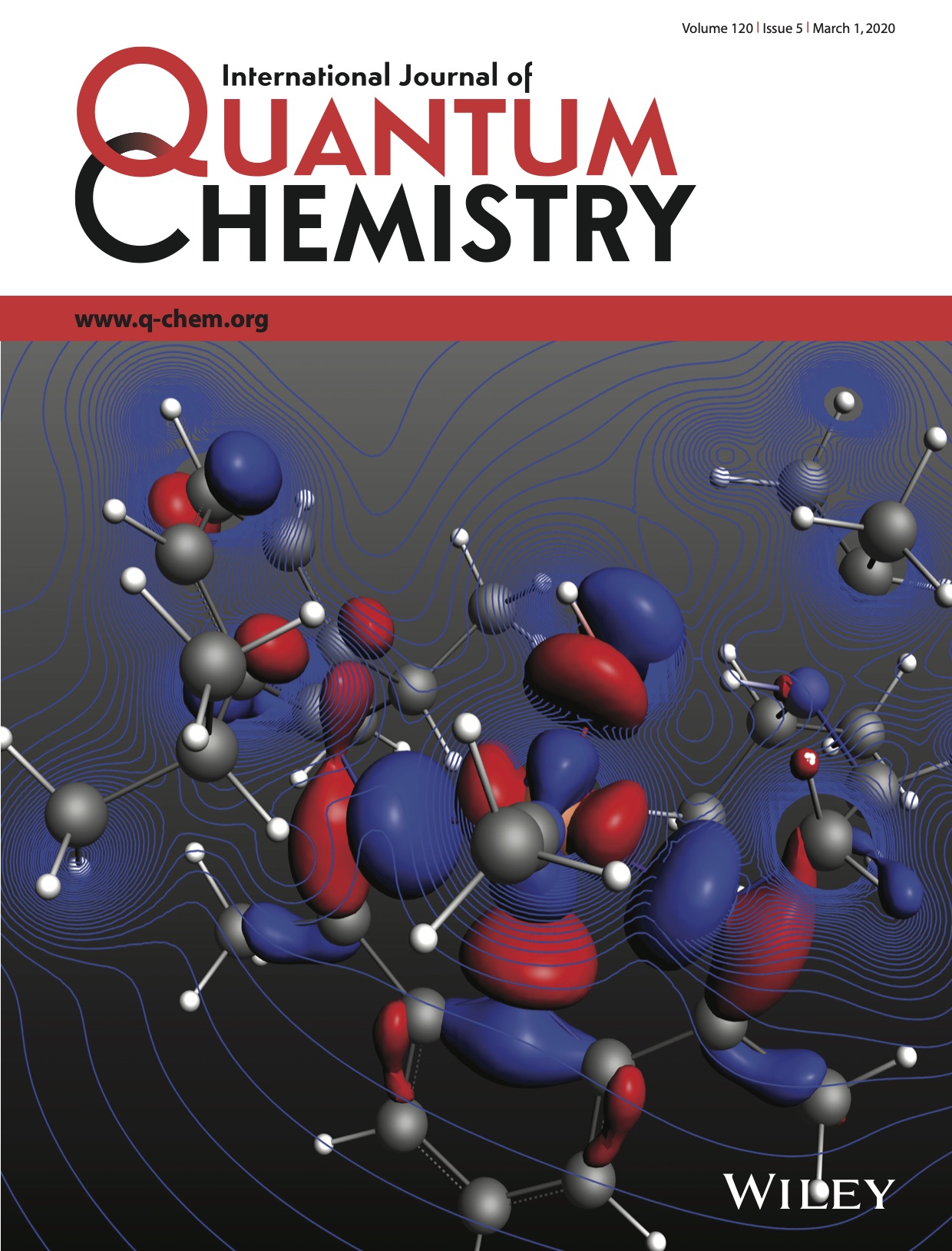We report here a computational study on a series of FeII, FeIII, and FeIV hydroxo/oxoiron complexes with a broad palette of ligands. We are interested in assessing the robustness of widely used density functionals for their prediction and description of structures and spin states for the examined oxoiron complexes. We have used a variety of density functional approximations (S12g, LDA, BP86?D3, OPBE, SSB?D, B3LYP?D3, S12h, and MVS), in all cases including solvation and relativistic effects explicitly. One of the main observations of this detailed study is the excellent performance of S12g for both accurate structures and spin state splittings. Moreover, our results show that in general all density functionals can be used as a reliable computational tool for reproducing and predicting geometries, determining the oxidation state of iron, and most are able as well to providing good descriptions of spin state energetics.
The paper was published today in International Journal of Quantum Chemistry:
F. Vlahovic, M. Gruden, S. Stepanovic, and M. Swart
“Density functional approximations for consistent spin and oxidation states of oxoiron complexes”
Int. J. Quant. Chem. 2020, 120, e26121 [abstract]
DOI: 10.1002/qua.26121
and includes the Cover of the issue:


